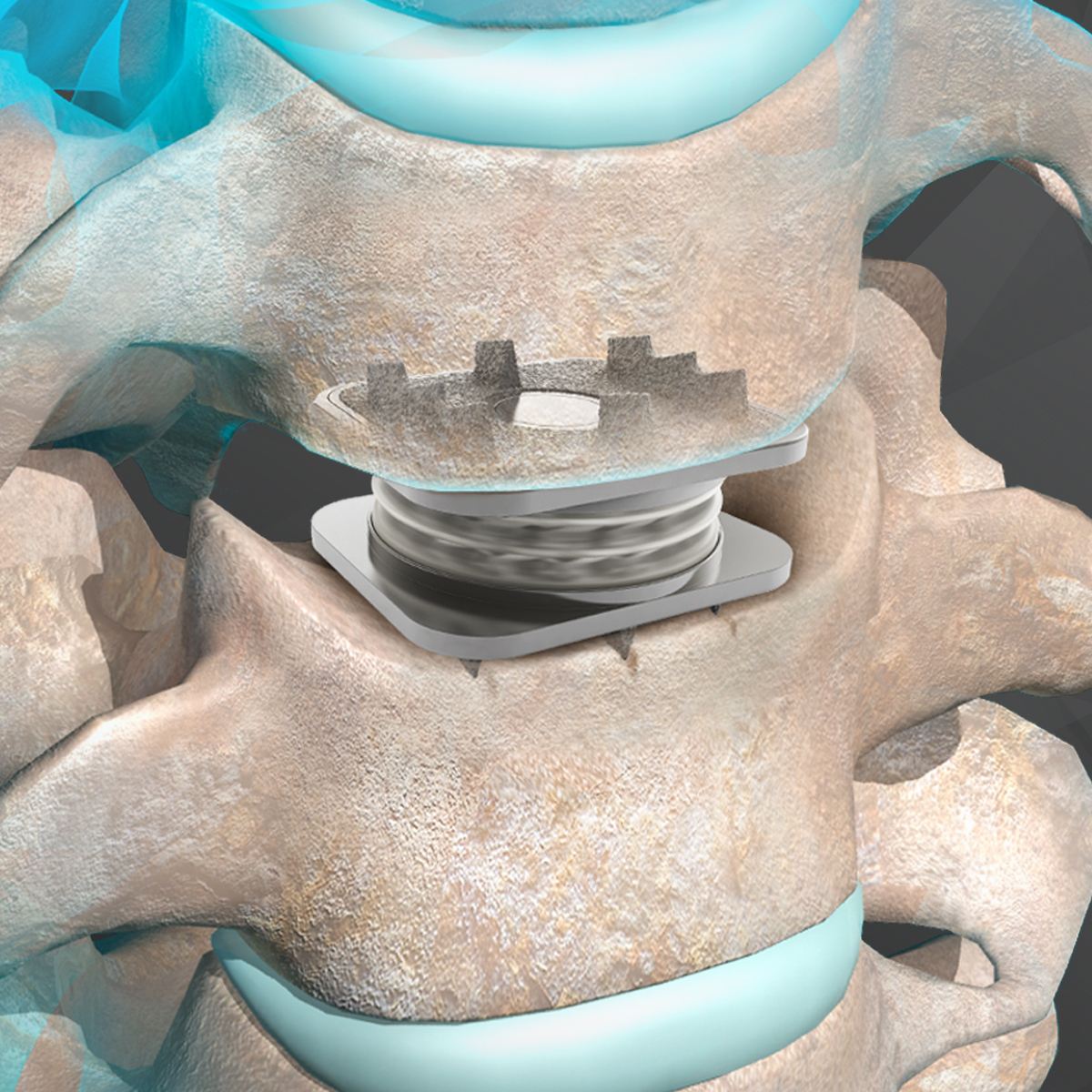
Orthofix Medical (OFIX) received FDA Premarket Approval of the M6-C™ artificial cervical disc. Limited U.S. market launch will occur within 2019.

M6-C was developed by Spinal Kinetics, which OFIX acquired in 2018. The device received CE Mark approval in 2006 and has been implanted more than 45,000 times since then, outside of the U.S.
The approval rounds out the OFIX portfolio of cervical spine products. As noted in their preliminary 2018 revenue reporting, leadership expects this launch will be a catalyst that drives the company to mid-single-digit growth in 2019 and double-digit growth in 2020.
“With the approval of the M6-C artificial cervical disc, Orthofix now has the industry’s most comprehensive portfolio of cervical spine products to best serve our surgeon customers and patients,” said Orthofix President and Chief Executive Officer, Brad Mason. “In addition to a full line of anterior, posterior and interbody fusion cervical implants, we offer the CervicalStim™ device, the only FDA-approved cervical bone growth stimulation therapy, and the Trinity ELITE® allograft, a market-leading allograft developed in partnership with MTF Biologics. The launch of the M6-C artificial cervical disc in the U.S. will complement this existing spine portfolio and represents a significant milestone in the execution of our strategy to accelerate topline growth.”
M6-C is reportedly the only artificial cervical disc designed to mimic the anatomic structure of a natural disc through use of an artificial viscoelastic nucleus and fiber annulus.
The PMA was based on clinical data from a U.S. Investigational Device Exemption study comparing M6-C to anterior cervical discectomy and fusion (ACDF) to treat cervical radiculopathy. The prospective, non-randomized, concurrently controlled, multi-center clinical trial was conducted at 23 sites.
At 24 months, results indicated:
- 90.5% of M6-C patients demonstrated a meaningful clinical improvement in the Neck Disability Index
- 91.2% clinical improvement in arm pain score for M6-C patients vs. 77.9% for ACDF
- Preservation of range of motion in flexion-extension and lateral bending in the M6-C group
- A seven times higher rate of opioid use with the ACDF patients than with patients who received M6-C, in patients still taking pain medication
- A lower rate of additional surgery needed at the treated level for M6-C vs. ACDF (1.9% vs. 4.8%)
Images courtesy of Orthofix Medical
JAV
Julie A. Vetalice is ORTHOWORLD's Editorial Assistant. She has covered the orthopedic industry for over 20 years, having joined the company in 1999.




